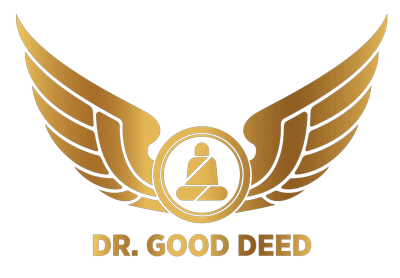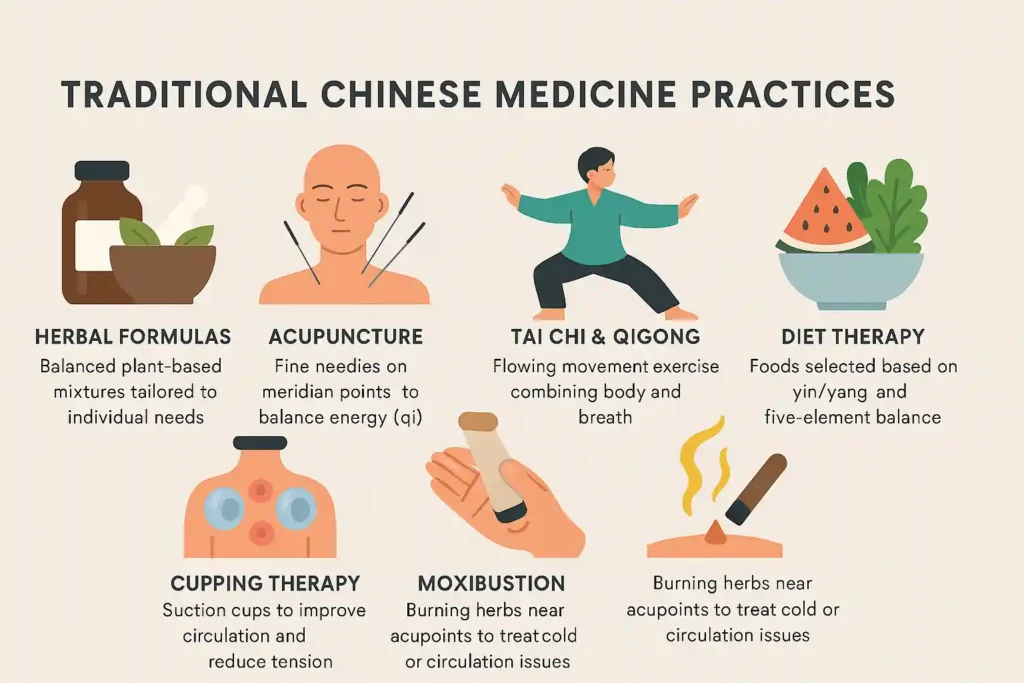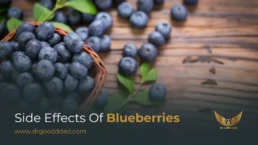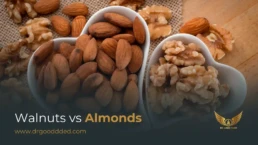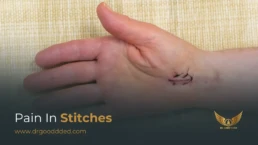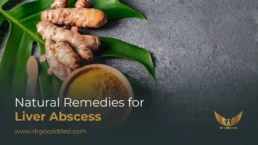Traditional Chinese medicine (TCM) is one of the oldest healing systems still practiced today. Rooted in thousands of years of Chinese culture, it continues to raise curiosity across the globe. While modern hospitals use cutting-edge machines, TCM relies on the belief that the body can heal itself when balance and energy flow are restored.
Table of Contents
ToggleBut why do people still seek it in today’s fast-paced, high-tech world? The answer lies in how it looks at health, not as isolated diseases but as a living, breathing balance of energy, nature, and the human spirit.
What’s the Idea Behind TCM?
The traditional Chinese medicine definition is a system that views health as balance. Instead of focusing only on fixing diseases, TCM tries to keep the body in harmony before illness develops.
Central to this belief is qi (life force). In Traditional Chinese Medicine (TCM), qi represents the unseen energy that circulates within the body. Think of it like electricity in a house if the current runs smoothly, everything works. If wires are blocked, lights go out. The same goes for health: when qi flows freely, the body feels well; when blocked, sickness occurs.
Another pillar is the concept of yin and yang balance. Yin represents calmness, coolness, and rest. Yang stands for heat, activity, and movement. For example, someone with constant fatigue may be seen as having too much yin, while someone with frequent fevers may be carrying excess yang.
A third idea is the theory of the five elements—wood, fire, earth, metal, and water. TCM sees these as building blocks that influence body organs and nature. For example:
- Wood connects to the liver, symbolizing growth.
- The element of fire is linked to the heart, associated with warmth and joyfulness.
- Earth connects to the spleen, tied to stability and digestion.
- Metal connects to the lungs, associated with strength and clarity.
- Water connects to the kidneys, tied to storage and life essence.
This way of viewing health as a reflection of nature explains why TCM is often grouped under ancient Chinese medicine traditions.
What Kind of Practices Does TCM Use?
Unlike single-pill solutions, traditional Chinese medicine treatment involves many methods, each chosen to fit the patient’s body, not just the disease.
Herbal Formulas
Herbal medicine is the backbone of TCM. There are thousands of herbs, but the magic lies in herbal formulas, carefully balanced combinations tailored to the individual.
For example, a formula for insomnia may include sour jujube seeds to calm the mind, polygala root to settle emotions, and licorice root to harmonize the mixture. Unlike Western medications, which frequently uses a single active ingredient, TCM formulas are based on the principle of synergy.
Acupuncture
This practice uses hair-thin needles placed along meridian channels, believed to be energy highways in the body. For instance, an acupuncturist may insert needles at the wrist to calm anxiety or at the leg to ease stomach discomfort.
Many scientific studies now recognize acupuncture’s ability to reduce chronic pain, migraines, and even help during chemotherapy.
Cupping Therapy
Ever noticed round marks on athletes’ backs? That’s from cupping therapy. Cups are heated or suctioned on the skin, drawing blood to the surface. Supporters say it relieves muscle tension, promotes circulation, and reduces inflammation. Swimmers like Michael Phelps made it popular worldwide.
Tai Chi and Qigong
TCM doesn’t stop at needles and herbs, it includes movement. Tai chi and qigong combine flowing body movements with breathing and meditation. Elderly people in China often practice them in parks, improving balance, flexibility, and mental focus.
Moxibustion
This practice involves the burning of dried mugwort near acupuncture points. It’s often used for “cold” conditions like poor circulation or chronic joint pain.
Diet Therapy
Food is medicine in TCM. For example, ginger is considered warming and is suggested for cold-related digestion problems, while watermelon is seen as cooling and used during heatstroke.
Together, these methods form a whole system of holistic healing and natural remedies.
Is It Safe?
The safety of TCM depends on the practitioner’s skill and the patient’s health condition. Acupuncture is typically safe when performed using sterile needles. But improper technique can cause bruising or infection.
Herbs can be powerful, ginseng may boost energy, but it can also raise blood pressure if overused. That’s why certified practitioners adjust doses based on a person’s condition, unlike mass-market supplements that may not list exact ingredients.
Does It Work?
So, does traditional Chinese medicine really work? Research offers mixed but interesting results.
Acupuncture is strongly supported by studies for chronic pain, osteoarthritis, and migraines. Herbal medicine, such as astragalus, has shown benefits for boosting immunity in cancer patients.
Still, critics argue that many studies lack large-scale testing. This doesn’t mean TCM is useless, it means more scientific evaluation is needed. For many patients, the benefits go beyond symptom relief. They appreciate the attention to the whole person rather than just the disease.
Examples:
- A patient with arthritis may find modern painkillers helpful but still rely on acupuncture for better mobility.
- Cancer patients undergoing chemotherapy sometimes use herbal formulas for fatigue relief, but under strict medical supervision.
Who Should Use It?
TCM appeals to those who want integrative medicine, a mix of modern and traditional care. It may benefit:
- People with chronic pain conditions who don’t respond well to drugs.
- Those with stress-related disorders like insomnia or anxiety.
- People seeking internal organ balance before illness develops.
- Older adults looking to improve mobility and prevent falls through tai chi.
Who Should Avoid TCM?
Not everyone is a candidate. For example:
- Pregnant women should avoid certain herbs like dong quai, which may cause contractions.
- People with serious infections (like pneumonia) need antibiotics, not herbs.
- Those on blood thinners should avoid herbs like ginkgo, which may increase bleeding risk.
- Cancer patients should never replace chemotherapy with TCM, only use it alongside doctor’s guidance.
What Do Traditional Doctors Think of TCM?
Opinions vary. Some Western doctors see value in acupuncture and stress relief techniques. Some people reject TCM due to its absence of standardized evidence.
But global trends show growing acceptance. Hospitals in the U.S. and Europe now offer acupuncture clinics. The WHO recognizes TCM as a complement to modern medicine. Patients often find that traditional chinese medicine benefits work best when combined with modern care.
How Do I Find Someone Who Practices TCM?
Choosing a practitioner requires care:
- Check if they are certified in chinese medicine. In the U.S., the NCCAOM board regulates this.
- Ask about their training and whether they follow safety standards.
- Ensure herbs are sourced from quality suppliers. Poor-quality herbs may contain heavy metals or pesticides.
- Talk openly about your health history. For example, if you’re on blood pressure medicine, let them know before taking herbs like ginseng.
The Bottom Line
Traditional Chinese medicine is more than just herbs and needles, it’s a philosophy that health comes from balance. For some, it provides pain relief and stress management. For others, it offers preventive care and improved quality of life.
While not a replacement for modern medicine, it serves as a traditional Chinese medicine treatment option that blends history with today’s search for well-being. Used wisely, it can bring a fresh perspective to healthcare.
FAQs
What is the concept of traditional Chinese medicine?
It is based on maintaining balance in the body by keeping qi (life force) flowing smoothly and ensuring harmony between yin and yang, the five elements, and internal organs.
What are the 5 elements of traditional Chinese medicine?
They are wood, fire, earth, metal, and water. Each connects to different organs and emotional states. Together, they explain body functions, diseases, and natural cycles in TCM.
Are TCM and Ayurveda the same?
No. TCM is rooted in Chinese philosophy, while Ayurveda comes from India. Both focus on natural remedies and prevention, but their herbs, diagnostic systems, and treatment approaches differ.
Does traditional Chinese medicine really work?
Yes, for some conditions. Acupuncture helps pain, tai chi improves balance, and herbs boost immunity. However, scientific studies are mixed, and results often vary between individuals.
What are the 7 pillars of traditional Chinese medicine?
They are acupuncture, moxibustion, cupping therapy, massage, diet therapy, herbal formulas, and exercises like tai chi and qigong. Together, these represent the full scope of traditional Chinese healing.
What are the disadvantages of traditional Chinese medicine?
Risks include herb-drug interactions, poor regulation of herbal products, and delaying urgent care. Choosing a certified practitioner reduces these risks and ensures safe use of TCM.
What is the most powerful Chinese herb?
Many consider ginseng the strongest due to its ability to restore energy, improve focus, and support immunity. But strength depends on condition, dose, and the person’s body type.
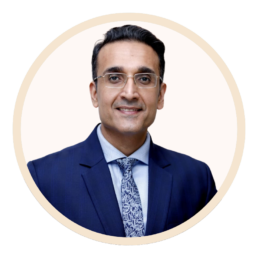
This article is medically reviewed by Dr. Chandril Chugh, Board-Certified Neurologist, providing expert insights and reliable health information.
Dr. Chandril Chugh is a U.S.-trained neurologist with over a decade of experience. Known for his compassionate care, he specializes in treating neurological conditions such as migraines, epilepsy, and Parkinson’s disease. Dr. Chugh is highly regarded for his patient-centered approach and dedication to providing personalized care.
